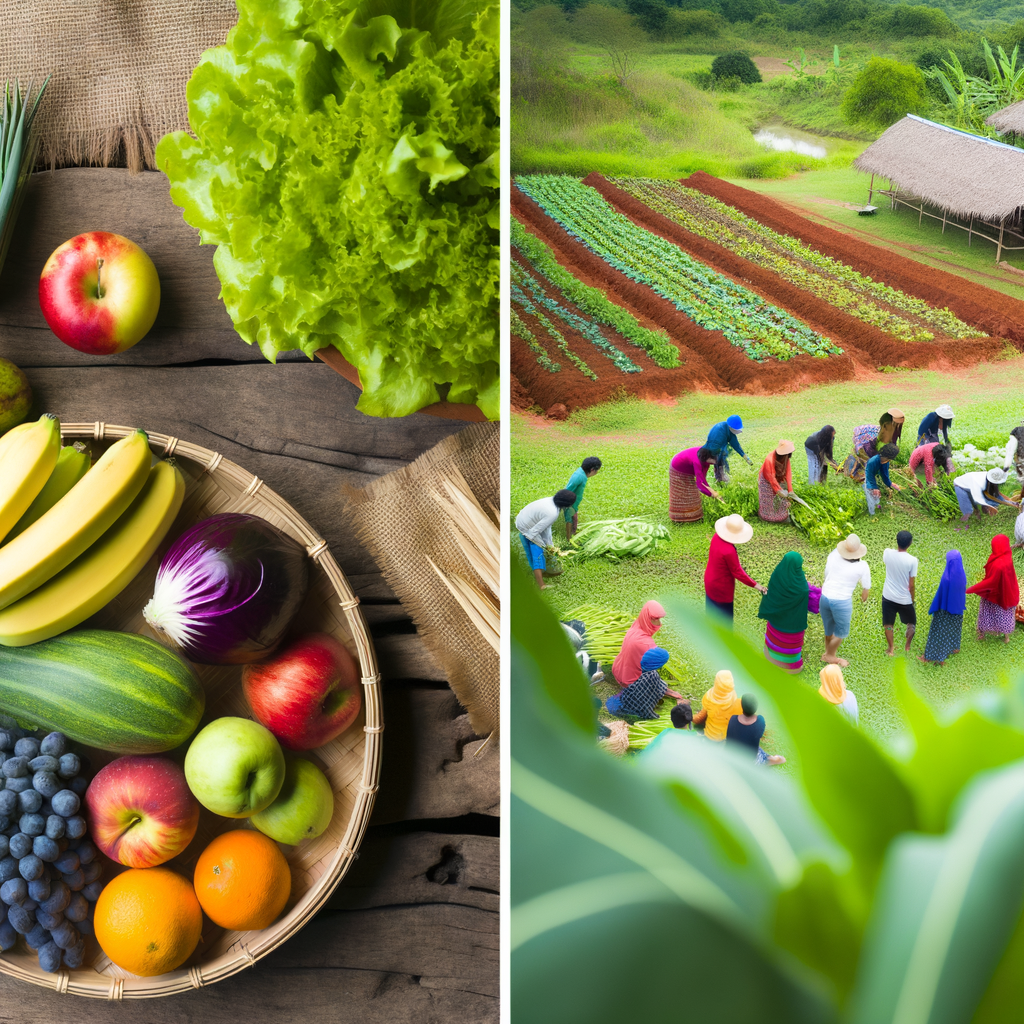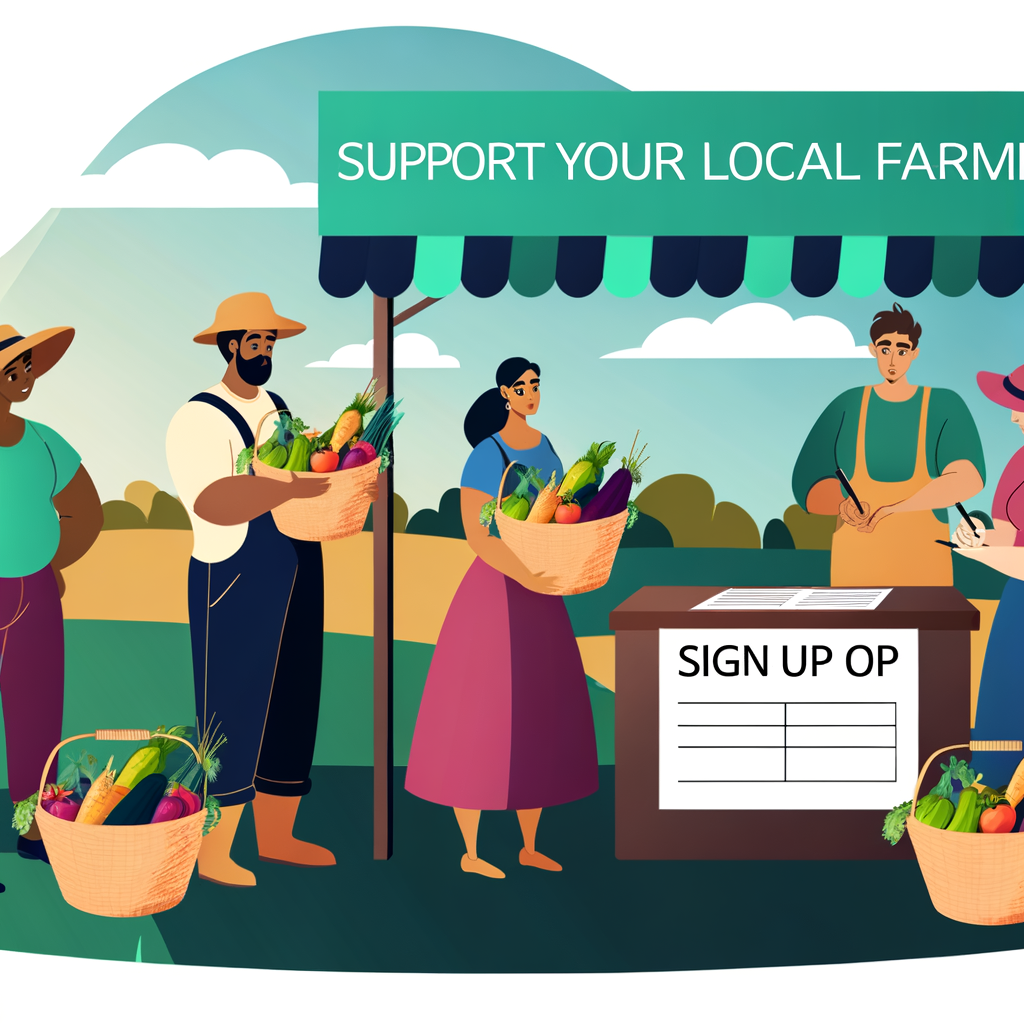As an expert chef, I have always been passionate about using fresh, locally-sourced ingredients in my dishes. To me, there is no better way to showcase the true essence of a cuisine than by using ingredients that are grown and produced in the same community. And this is where the concept of Farm-to-Table comes in.
Farm-to-Table refers to the practice of sourcing ingredients directly from local farms and using them in dishes at restaurants or in homes. This not only supports local farmers and boosts the economy, but it also ensures that the ingredients used are fresh and of high quality. And one of the most popular ways of implementing Farm-to-Table is through Community-Supported Agriculture (CSA).
CSA is a partnership between farmers and consumers, where individuals can purchase a share of a farm’s harvest in advance. This not only provides the farmers with much-needed financial support, but it also gives consumers access to fresh, seasonal produce directly from the source. It’s a win-win situation for both parties involved.
One of the main advantages of CSA is the variety of produce that is available. As a chef, I am always on the lookout for new and unique ingredients to incorporate into my dishes. With CSA, I have access to a wide range of fruits, vegetables, and even meats that I wouldn’t normally find at a grocery store. This not only adds diversity to my menu, but it also allows me to experiment and create new flavors.
In conclusion, Farm-to-Table through CSA is not just a trend in the culinary world, but it is a sustainable and mutually beneficial practice. So next time you’re dining out or cooking at home, remember to support your local farmers and savor the flavors of your community.





